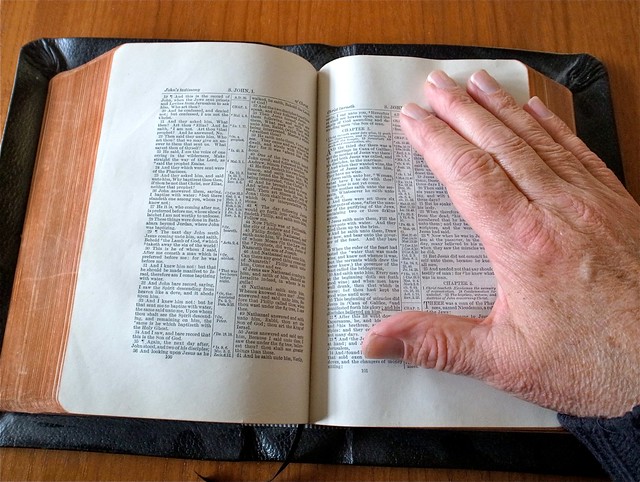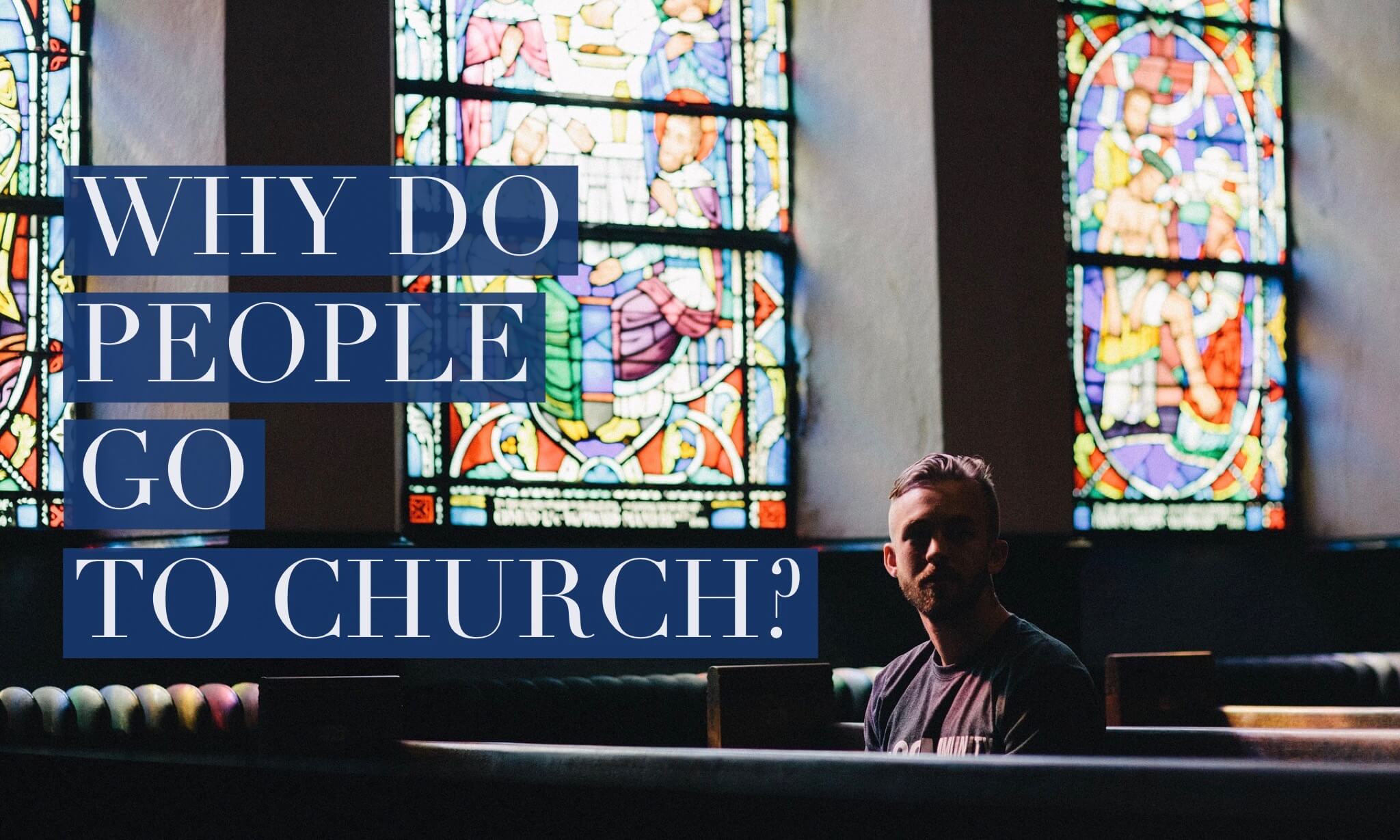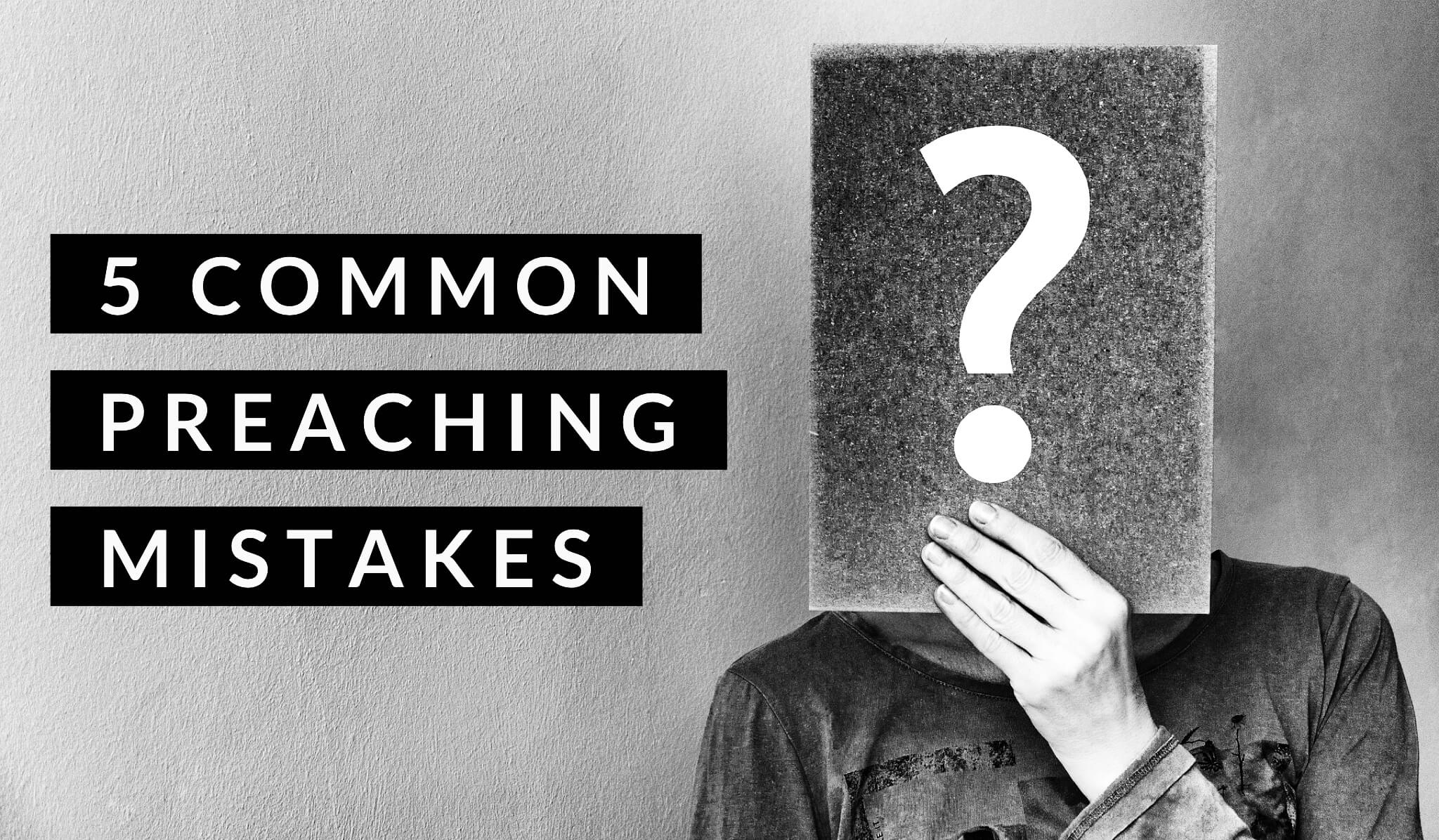Reading the Word Effectively
The following is a guest post by Adam Tisdale, Pastor of North Hills Church in Meridianville, AL. Adam blogs at helpmyunbelief.wordpress.com about the intersection of his faith and cancer. If you would like to submit preaching article for consideration, click here.
[fusion_builder_container hundred_percent=”yes” overflow=”visible”][fusion_builder_row][fusion_builder_column type=”1_1″ background_position=”left top” background_color=”” border_size=”” border_color=”” border_style=”solid” spacing=”yes” background_image=”” background_repeat=”no-repeat” padding=”” margin_top=”0px” margin_bottom=”0px” class=”” id=”” animation_type=”” animation_speed=”0.3″ animation_direction=”left” hide_on_mobile=”no” center_content=”no” min_height=”none”]
One of the most important parts of the sermon is what happens before you preach: reading the text to the congregation. If you don’t do this, than you are robbing your congregation. And by all means do not close your Bible after you finish reading. In doing so you subtly or not so subtly communicate that what comes after the reading is all about you and your message. Again, you are robbing your congregation.
So, how can we read God’s Word before the sermon effectively?
Here are some ways to do so:
1. Read with Authority:
Do you have something to say or not? The authority to proclaim God’s Word does not reside in the frail vessel, but in the Spirit who illumines hearts and opens eyes. If you do not believe in what you are reading, please exit stage left.
When you are confident in the Word and it’s transformative power, your congregation will experience real change. God promises that His Word is powerful (Hebrews 4:12) and will not return empty (Isaiah 55:11-12). Therefore, read with authority.
2. Read with Eye Contact:
Obviously, you lose eye contact when you read, but your goal should be to maintain some eye contact with your readers. Hopefully, they have heads down following along, but you still should strive for connection. In doing so, you help bridge the gap between pulpit and pew.
The way to accomplish this is twofold. First, know thy text. Hopefully by the time you are stepping into the pulpit you have spent ample time with your passage.
Secondly, “scoop the text”. That is, read a little bit ahead and place in your mind. You can do this with whole sentences and phrases. Maintaining eye contact will assure the congregation that you are engaged with them.
3. Read with Intonation & Variation:
One of the cardinal sins of preaching is to bore your congregation. It can be deadly – ask Eutychus. If you read the Word of God like you read the phone book, then you are doing it all wrong.
Different genres of Scripture require variation in speech. The Gospels read differently than Psalms, which read differently than Hosea. Even the same passage can do with some variation. For instance in Psalm 34, David opens with a call to worship that sores to the heavens and invites the listener to join in. But later, when you might lower your voice and speak more softly, David reminds us that the Lord is near to the brokenhearted and afflicted.
Sometimes God speaks with power and other times He whispers tenderly. Let your reading reflect this awesome reality.
-
4. Read with Confidence:
Let’s be honest, there are some difficult passages full of strange names and places. Even with knowledge of Greek and Hebrew, those passages can be intimidating.
I have heard a couple of unique approaches. You can read a few names and then skip to the end of your passage. Or you can just use initials to identify the people or places.
I would rather have you practice. The best way to do this is to listen to someone read the passage ahead of time. Max McClean is a wonderful reader of the Word. Also some websites have audio versions, like the online ESV Bible. This will give you confidence when reading the Scriptures.
Remember, reading your passage is an important part of preaching. When you read with authority, while maintaining eye contact, reading with intonation, and with confidence you invite your congregation into a sacred dance with the Lord of the Word. Don’t neglect this vital starting point of preaching.[/fusion_builder_column][/fusion_builder_row][/fusion_builder_container]




Thank you for this. Good points. I also find that it is helpful for me to introduce the passage before I read it, giving its setting, defining any unusual words, articulating its main point, and so forth. And I type out the passage, putting one phrase on each line, using reverse indentation (each sentence begins at the left, and subsequent phrases are indented farther and farther). This helps me both to read it well and to maintain eye contact with the congregation. I also underline the keys words to emphasize. In many ways, studying how best to read the passage is some of the most important study I do for the sermon.
Great ideas! Thanks for sharing. I love the idea of underlining key words that you want to emphasize.
Thank you as well. Helpful idea!